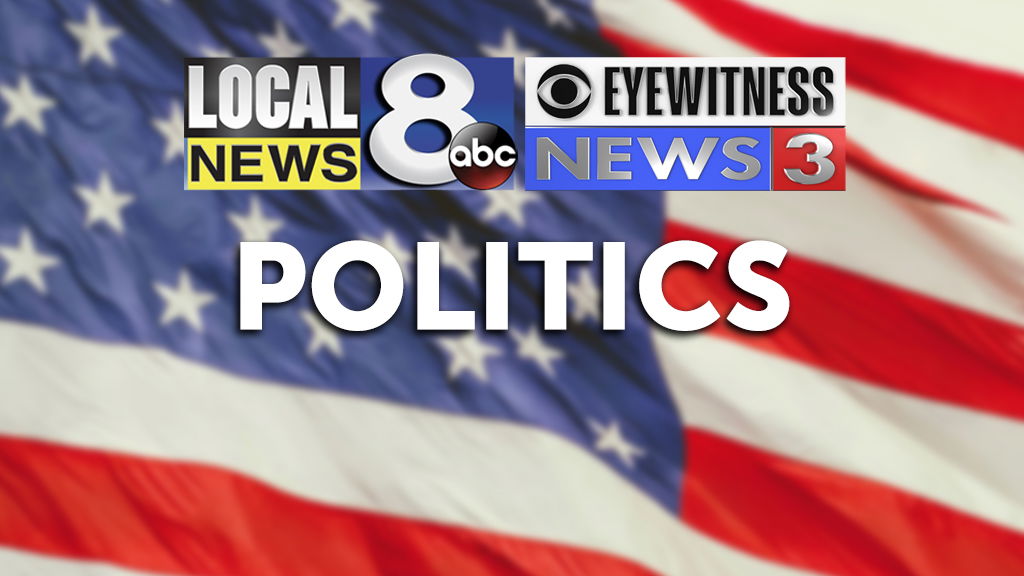Pentagon extremism adviser lays out challenge facing military after two commanders deny a problem exists

One day after two four-star military commanders told Congress they did not have problems with extremists in their ranks, the top adviser on the issue to Defense Secretary Lloyd Austin took a different view and stated plainly that he believes the opposite.
“It would be remiss if we didn’t admit that there is a problem with extremist behavior in the military. That is to say that one extremist is one too many,” Bishop Garrison on Wednesday told a Center for American Progress think tank seminar on ending White supremacist violence.
“The George Floyd murder hearing and a lot of these other day-to-day issues that greatly affect communities of color whether or not they wear a uniform or work for DoD are vitally important for us to understand. If we’re going to be strong teammates we have to ensure that we’re being proper allies for those individuals going through a lot of difficult times within their own communities, so having an education and training line of effort that helps us better understand these gray areas and what we need to do to help address a lot of these issues is going to be of vital importance for us,” Garrison said. He is the first senior Pentagon official to speak about the Floyd case since the guilty verdict Tuesday against former police officer Derek Chauvin.
Garrison is overseeing Austin’s effort to better define the scope of the extremist problem in the ranks and ensure that troops know what behaviors are not acceptable. However, it is not clear the military will be able to come up with a specific definition of what constitutes extremism, one senior Defense official told CNN.
The Pentagon has struggled to define the issue because while extremist activity — including White supremacist and hate activity — is banned, there are limits on the military’s ability to surveil the activities of the troops without violating their rights. Top Defense Department officials have said it’s a priority to determine the scope of the problem.
But the extent of the challenge was underlined on Tuesday when two commanders insisted there isn’t a problem in the forces they command.
“I am very confident that the number of extremists in my forces is zero,” Adm. Charles Richard, head of the US Strategic Command, which oversees nuclear weapons, told the Senate Armed Services Committee. Richard said the high level of security clearances required to work for his command means extremists would be identified through questioning, security interviews and peer monitoring. “So if there are any extremists in my organization, one, they hide it very well. And two, it’s just a matter of time until I get to them.”
Gen. James Dickinson, head of US Space Command, also strongly suggested he did not have a major issue with extremists in the ranks: “I would tell you right now that we have done everything that Secretary Austin has asked us to do in terms of training and awareness, but in my organization I would say that number is zero” and said he had never encountered extremists in the ranks during his career. “I believe it’s close to zero in my organization, if not zero.”
The fact that as many as 33 service members or veterans were charged following the insurrection at the Capitol on January 6, according to a CNN analysis, suggests the opposite is true. The involvement of those with military experience in the riots has raised fresh concerns that extremist groups are specifically trying to recruit former military members because of their firearms expertise and organizational skills.
Earlier this month the military completed a so-called stand down across the entire military that was ordered by Austin so all troops would discuss the extremism issue. Several updated efforts are underway now to gather fresh data on the scope of the problem and determine a way forward.
Austin also instructed the services to improve their screening of those entering the military and better train those leaving it. He called for updated and standardized screening questionnaires to detect current or previous extremist activities, while also instructing the services to better train people leaving the military on extremist groups who may seek to recruit them.
At the same time, a new Countering Extremism Working Group will look to see if there is a need to update or amend the Uniform Code of Military Justice, find ways to work better with civilian law enforcement and determine whether algorithms can help better screen social media posts for indicators of extremist ideologies.
But on Wednesday Garrison made clear there is still a long way to go for the military to get a grip on the extremism problem.
“We want the American people to understand and know that we see this behavior as a problem. It goes against our values, as I said, it goes against our oath,” he said. “It’s important for us to reject extremism in all forms, whether that be what is often referred to as unlawful or unregulated militias, anti-government extremism, as well as extremism-based immutable traits, whether you’re talking about race or gender or ethnicity, none of it is acceptable.”
